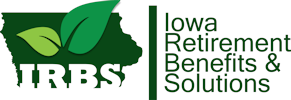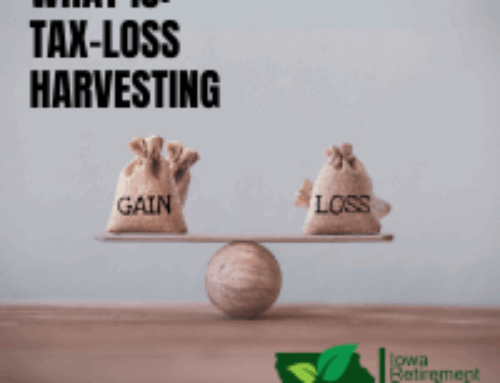Required Minimum Distributions
Explained
Required Minimum Distributions Explained
Posted by Morgan Fisher
Serving Cedar Rapids, Iowa, and Surrounding Areas.
RMD’s Explained
Required Minimum Distributions (RMDs) are the minimum amounts that retirement account holders must withdraw annually from their traditional IRAs, 401(k)s, and other retirement savings accounts once they reach a certain age. These mandatory distributions are enforced by the Internal Revenue Service (IRS) to ensure that individuals don’t indefinitely defer paying taxes on their retirement savings.
How RMDs Work:
- Age Requirement: RMDs typically begin when the account holder reaches the age of 73 (formerly 72, as per the SECURE Act changes in 2023).
- Calculation: The amount of the RMD is calculated based on the account balance at the end of the previous year and the life expectancy of the account holder as determined by IRS-provided tables.
- Taxation: Any amount withdrawn as an RMD is generally considered taxable income for the year in which it is taken. This means that individuals need to plan for the tax consequences of these distributions.
- Penalties: Failing to take the full RMD or missing the deadline for distribution can result in a hefty penalty from the IRS, typically 25% of the amount that should have been withdrawn. Therefore, it is crucial for retirees to have someone in their corner who understands and can help fulfill their RMD obligations.
- Flexibility: While RMDs are mandatory for traditional retirement accounts, some accounts, such as Roth IRAs, do not require distributions during the account holder’s lifetime.
- Qualified Charitable Distributions (QCDs): Individuals who are philanthropically inclined can use RMDs to make tax-free charitable donations directly from their retirement accounts. These qualified charitable distributions can satisfy the RMD requirements and may help reduce the account holder’s taxable income.
Assessing Your Financial Plan-
Though you have the ability to delay RMDs until 73, it may result in larger distributions and an elevated taxable income in the later stages of retirement. This means, it is crucial for retirees to access their financial plan to avoid any unforeseen consequences. To help reduce RMDs, some retirees look at Roth Conversions. For more information on this, click here.
Key Takeaways-
It is essential for retirees to plan for RMDs as part of their overall retirement strategy. By considering the potential tax implications and integrating RMDs into their financial plans, retirees can ensure that they meet the IRS requirements while optimizing their retirement income and minimizing unnecessary tax burdens. Seeking guidance from a financial professional or tax professional can provide valuable insights and help retirees navigate the complexities of RMDs and their implications on their overall financial well-being.
Investment advisory services are offered through Fusion Capital Management, an SEC registered investment advisor. The firm only transacts business in states where it is properly registered or is excluded or exempted from registration requirements. SEC registration is not an endorsement of the firm by the commission and does not mean that the advisor has attained a specific level of skill or ability. All investment strategies have the potential for profit or loss.





